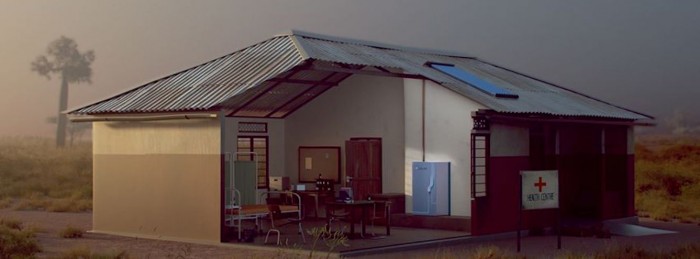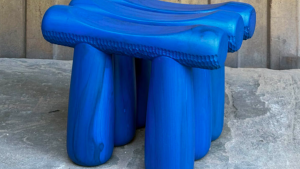
Cooling devices play a critical part in every day life by increasing the shelf life of food and beverages especially in territories where there is a food scarcity, but more importantly it’s needed to preserve lifesaving medical supplies. Conventional refrigeration units use electricity to run and electricity is costly. Most African and south American countries are, due to a lack of electricity, unable to store vaccines in proper conditions and therefore food contamination in these areas is alarmingly high.
The Coolar refrigeration system is a grid-independent, environmentally friendly solar thermal refrigerator that provides a green alternative to conventional refrigeration. It runs on heat with the cooling process being purely water-based. The nano-porous silica gel can function optimally without toxic chemicals or climate damaging cooling lubricants. As a result upon the machine’s disposal, it will not have to be treated like hazardous waste like most conventional refrigerators. This makes Coolar a durable and sustainable refrigeration solution to even the most remote electricity-challenged regions.
The Global Alliance for Vaccines and Immunisations (GAVI) announced recently that 650-million dollars of its investments will be allocated to medical cooling equipment. Coolar provides reliable refrigeration in regions without any electricity supply. This enables doctors to access critical medical supplies in an eco-friendly manner. The Coolar system addresses two pertinent issues: Firstly, the overheating of drugs and vaccines and secondly the ability to maintain power in off-the-grid regions. Although vaccine and refrigerator size dependent, one Coolar unit can generally cool vaccines for up to 4000 people.
Unique features
Coolar is a long-lasting and robust cooling system as it contains no moving parts and requires no short-lived batteries. It is economical in that no running costs are present – as it is powered by solar heat. The system is an exceptional example of a green cooling mechanism with CO2 emissions being 10 times lower when compared to conventional refrigerators.
How it works
The absorption cooling cycle
1. Evaporation
Part of the water evaporates in the evaporator due to low pressure in the system. The resulting evaporation cooling effect cools the storage compartment.
2. Absorption
The absorbent attracts vapour, binds it on its surface and frees up space in the evaporator. In that space more water evaporates, so multiplying the cooling effect.
3. Drying
Once the absorbent’s surface is filled with vapour, the cooling is paused temporarily. In order for the process to be repeated the absorbent must be dried.
4. Condensation
By heating, the absorbent is then dried and all of the vapour is released from its surface. The vapour then condenses and flows back into the evaporators. This completes the cycle.






